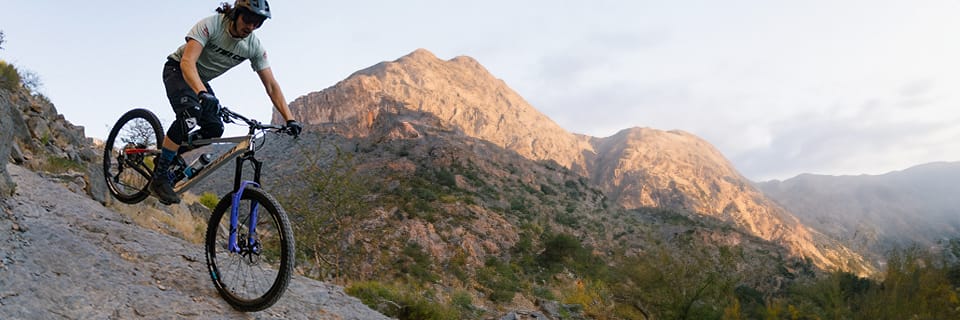Today's full-suspension mountain bikes are a concentrate of technology, particularly in terms of the integration of MTB suspension. To help you make sense of it all, we'll look at the three main categories of kinematics on the market: single-pivot, four-pivot and virtual pivot points.
MOUNTAIN BIKE KINEMATICS
- Single-pivot ;
- Four-point pivots ;
- Virtual pivot points.
REAR SUSPENSION KINEMATICS
Monopivots
This is the simplest and most reliable solution! The rear arm is directly connected to the front wishbone with an oversized axle and bearings. The Santacruz Heckler is a good example. There are also single-pivots with articulated bottom brackets, such as the GT, to improve pedaling behavior and avoid pumping. Mono-pivots linked to the frame by a connecting rod are a good compromise to limit the pumping effect, like the Dartmoor BlackBird model.
| Benefits | Disadvantages |
|---|---|
| Simple operation | Pedal pumping |
| Easy maintenance | Lack of sensitivity |
| Reliability | Lack of progressiveness |
The four pivot points
This deformable parallelogram system features an articulated connection between the triangle, the chainstays and the seatstay, with pivots and a connecting rod. The rear pivot point is generally located on the chainstay (Four Bar Linkage), but can also be found on the chainstay (Horstlink).
| Benefits | Disadvantages |
|---|---|
| Superior sensitivity | Complex maintenance |
| Progressiveness | Light pumping |
| Independent braking | |
| Pedaling efficiency |
Special features Felt's Equilink system uses a connecting bar between the 2 connecting rods, allowing the wheel to move vertically when compressed, thus offering a more efficient pedaling performance. anti-squat and a kick-back.
Virtual pivot points
This kinematics system uses a rigid rear arm articulated to the wishbone by means of connecting rods. As the pivot point is not fixed, it becomes virtual as it moves. This is the ideal system for limiting pedal pumping by isolating the suspension operation.
| Benefits | Disadvantages |
|---|---|
| Not very sensitive to pumping | Complex maintenance |
| Efficient braking | |
| Progressiveness | |
| Sensitivity & Comfort | |
| Efficient pedaling |
This system is found on top-of-the-range brands such as Santa Cruz with the V.P.P, Yeti and the Switch Infinity, Evil Bikes with the Delta System.
CONCLUSION
Each brand has a different vision of suspension kinematics. Some bike models will behave differently with the same shock absorbers. Although the mono-pivot is an aging kinematic model, it's still a very good compromise between simplicity and fun. Other systems are more sophisticated and complex, to deliver high-speed performance.
Découvrez tous nos conseils & Tutoriels
MTB - Shock Absorbers
-

ROCKSHOX SUPER DELUXE RCT Trunnion Spring Shock Absorber
Regular price 249,90 €Regular priceUnit price per -
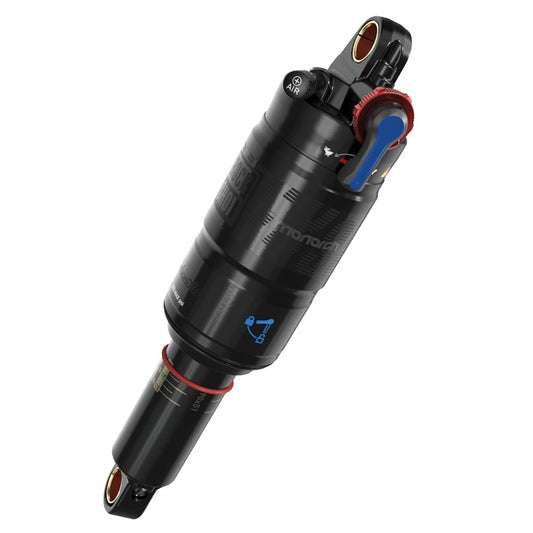
ROCKSHOX MONARCH RL Mid Reb/Mid Comp shock absorber
Regular price 179,90 €Regular priceUnit price per -
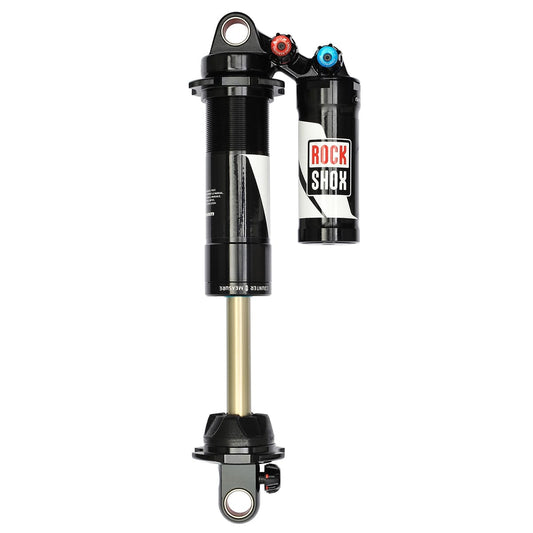
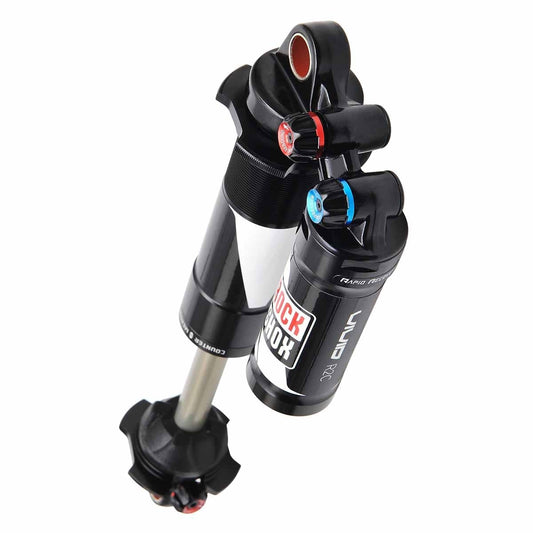
ROCKSHOX VIVID R2C Mid Reb/Low Comp spring shock absorber
Regular price From 299,90 €Regular priceUnit price per -
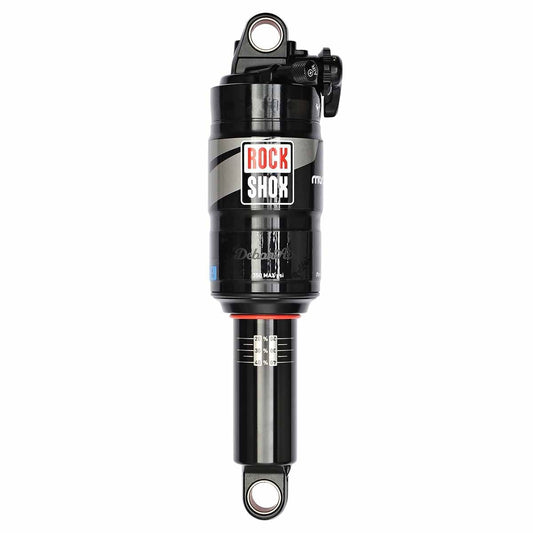
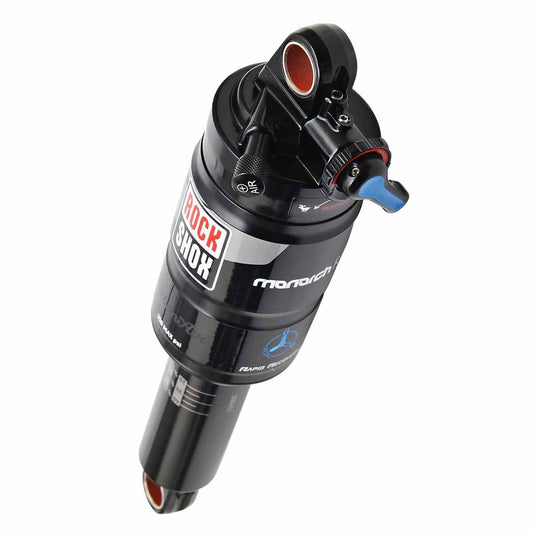
ROCKSHOX MONARCH RT3 DEBONAIR Mid Reb/Mid Comp shock absorber
Regular price From 249,90 €Regular priceUnit price per -
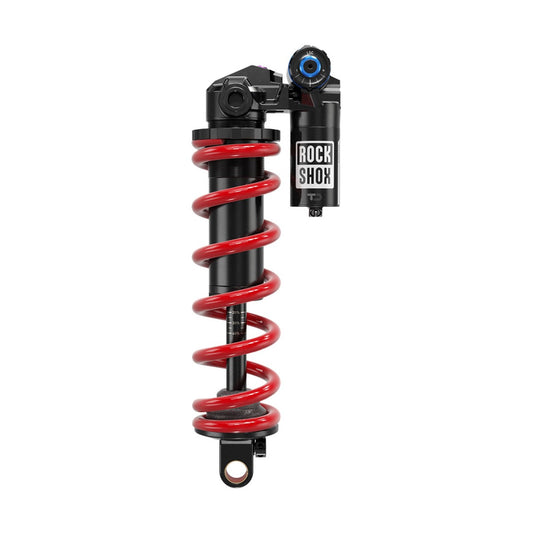
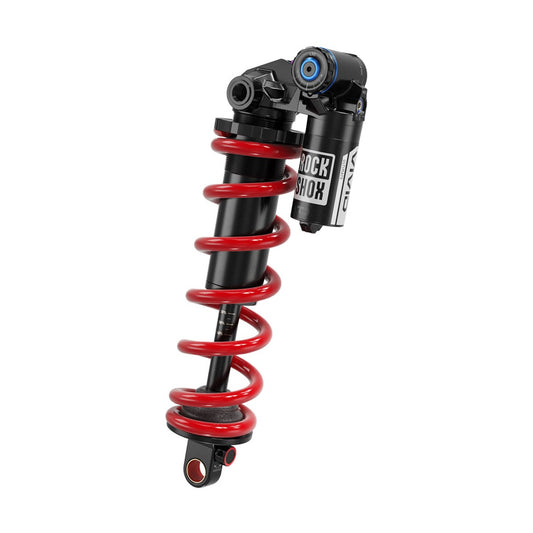
ROCKSHOX VIVID ULTIMATE DH RC2 HBO Trunnion Spring Damper
Regular price From 399,90 €Regular priceUnit price per -
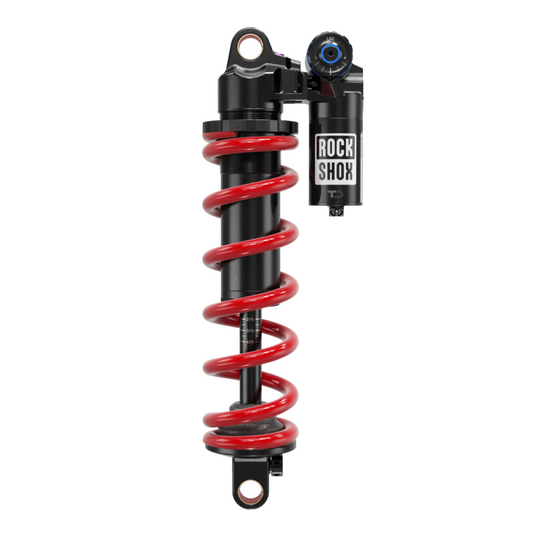
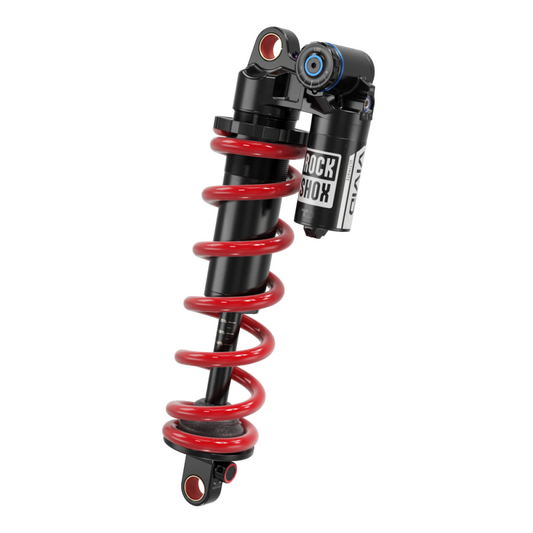
ROCKSHOX VIVID ULTIMATE DH RC2 HBO
Regular price 419,90 €Regular priceUnit price per -
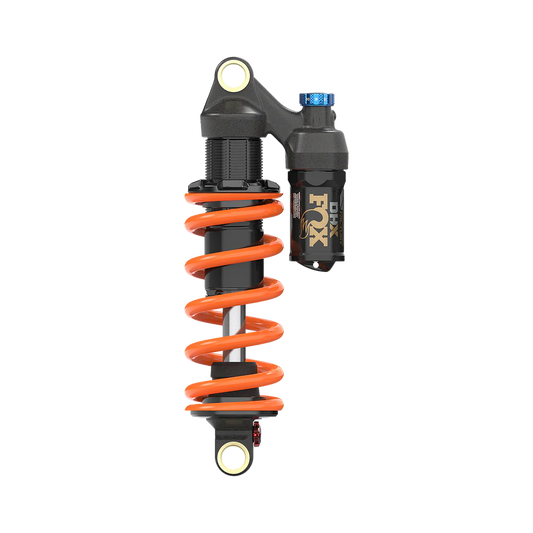
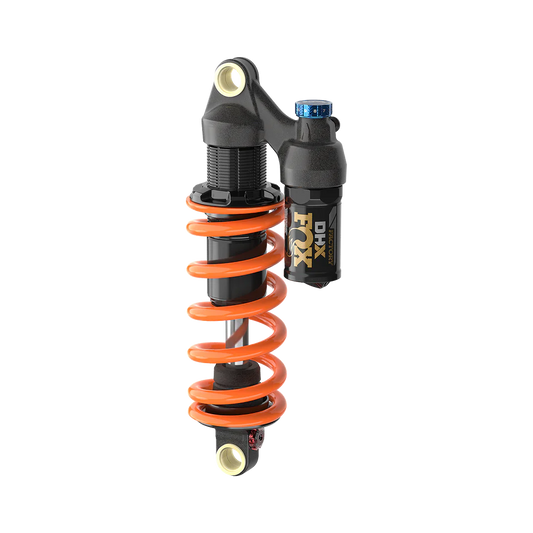
Shock absorber FOX DHX FACTORY 2pos-Adj Spring 2025
Regular price 649,90 €Regular priceUnit price per -


ROCKSHOX VIVID ULTIMATE DH RC2 HBO Trunnion Spring shock absorber for Trek Session (2022+)
Regular price 439,90 €Regular priceUnit price per
